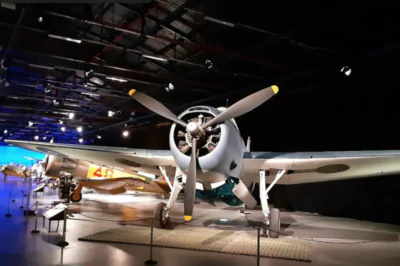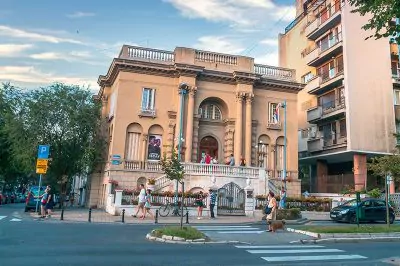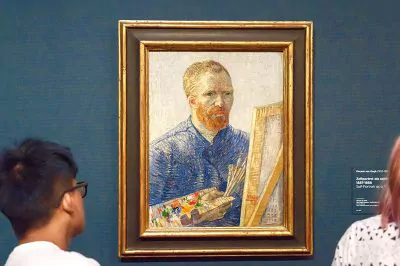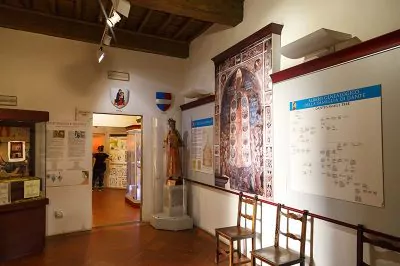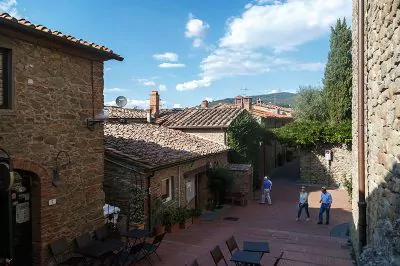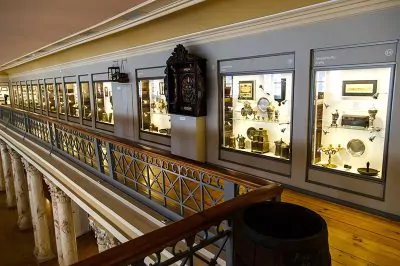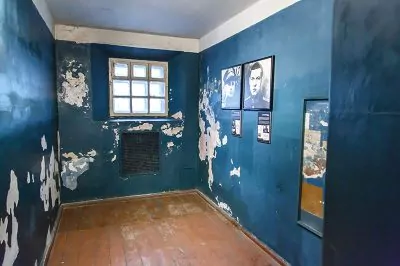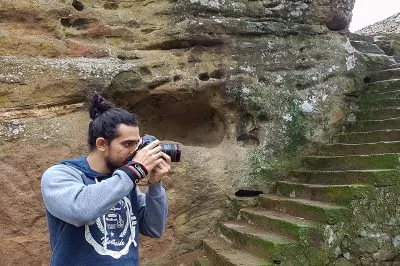
Pergamon Museum: Ishtar Gate, Zeus Altar, Gate of Miletus
The Pergamon Museum (Pergamonmuseum) in Berlin is one of the most famous museums in the world. It is home to some of the most iconic ancient Greek and Roman artifacts, including the renowned Pergamon Altar.
The museum was founded in 1897 and has undergone several expansions and renovations over the years. Today, it is one of the most popular tourist destinations in Germany, attracting over millions visitors each year.
What is the Pergamon Museum?
The Pergamon Museum is a world-renowned museum located in Berlin, Germany. The museum is home to an extensive collection of ancient artifacts from the Greek, Roman, and Middle Eastern civilizations. The most famous exhibits at the Pergamon Museum include the Ishtar Gate of Babylon, the Market Gate of Miletus, and the Altar of Zeus.
Why is Pergamon Museum controversial?
Some people believe that the Pergamon Museum is controversial because it displays ancient artifacts that were looted from their countries of origin. For example, the Ishtibari Lion of Mesopotamia was excavated by German archaeologists and brought to the museum. There is also the controversy surrounding the Altar of Zeus, which was excavated and brought to the museum in 1895.
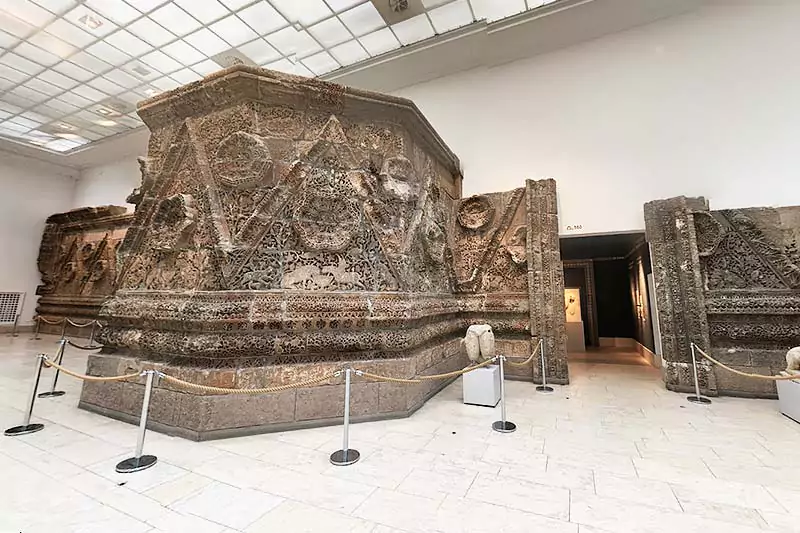
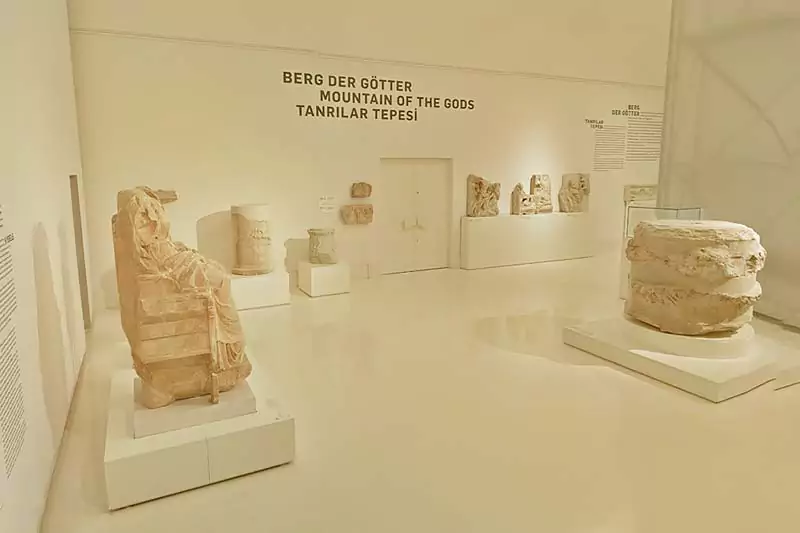
Others believe that the museum is controversial because it depicts scenes of violence and war. The Pergamon Altar, for example, celebrates a victory by Roman Emperor Augustus over the forces of King Antiochus IV of Syria. The altar reliefs show scenes of sacrifice, including human sacrifice.
Still others believe that the museum is controversial because it houses a large collection of Nazi-looted artworks. These artworks were seized by the Nazis from Jewish collectors during World War II and ended up in Berlin museums after the war.
Why is it called the Pergamon Museum?
It is named after the ancient city of Pergamon in modern-day Turkey, where many of his works were originally found. Pergamon is located in western Turkey, close to the Aegean Sea.
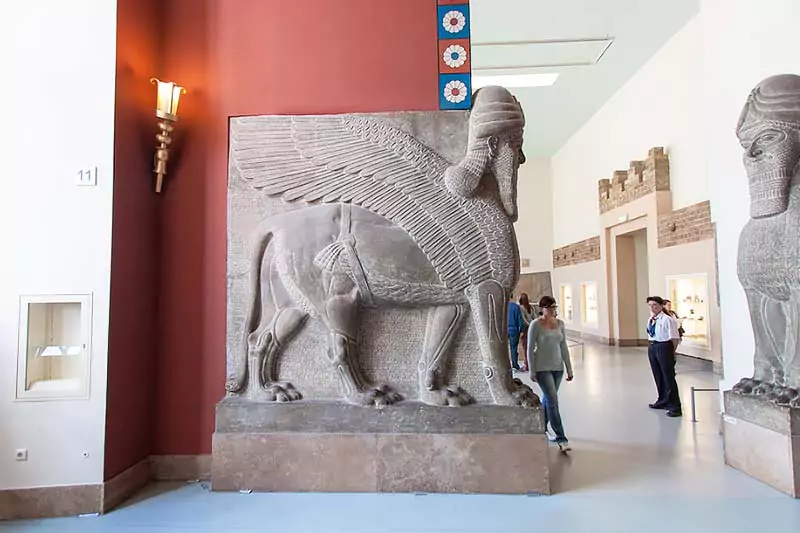
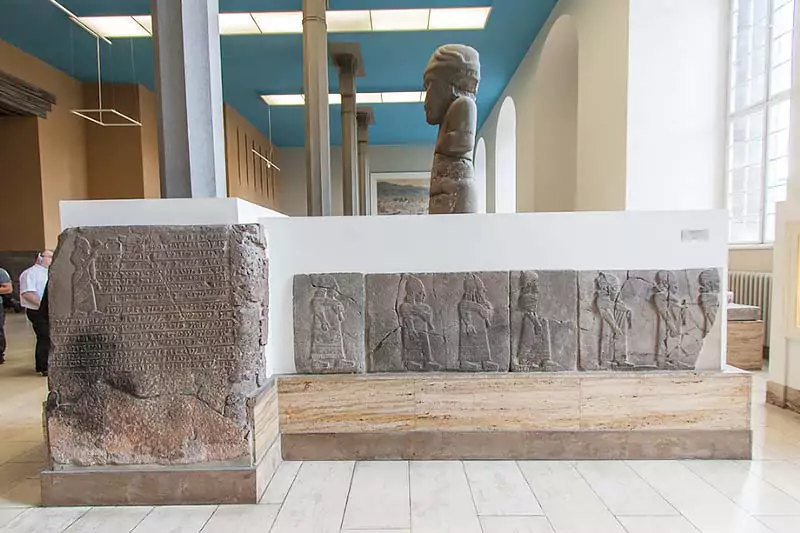
Archaeological artifacts from German excavations in this region were sold to Germany when the Ottoman Empire collapsed after World War I.
What are the most popular exhibits in the museum?
Pergamon Altar
The Pergamon Altarpiece is one of the most famous artifacts in the museum and is considered one of the finest examples of ancient Greek architecture. The altar was first built in the city of Pergamon in Turkey in the 2nd century BC. It was later dismantled and brought to Berlin in the early 20th century, where it was reconstructed in the Pergamon Museum.
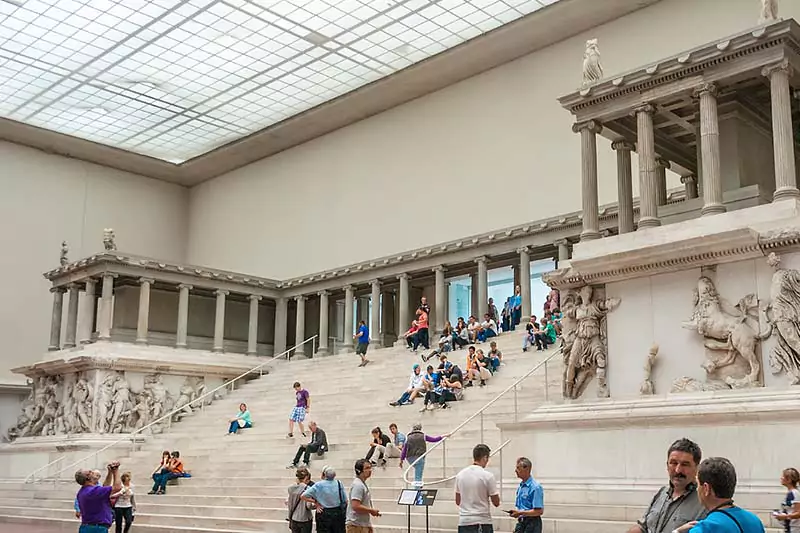
The altar is triangular in shape and measures about 35 meters wide and 33 meters deep. It is made of marble and decorated with reliefs depicting scenes from Greek mythology, including the Gigantomachy, the battle between the Olympian gods and giants. The central scene shows Zeus sitting on a throne surrounded by other Olympian gods.
Market Gate of Miletus
Miletus Market Gate is another important point of the museum. This imposing marble gate once served as the main entrance to the ancient city of Miletus, one of the most important trading centers in the Mediterranean. The gate is decorated with a striking relief frieze depicting a lively market scene with shoppers and merchants marketing their wares.
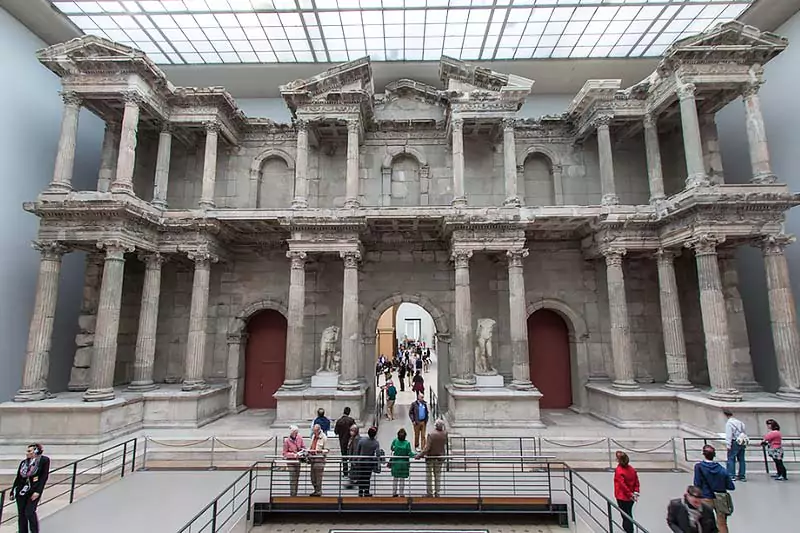
Despite its age, the Miletus Market Gate is very well preserved. This well-preserved Roman gate dates back to the 2nd century AD. It was brought to Berlin in 1878 and reassembled in the Pergamon Museum.
Ishtar Gate
The Ishtar Gate is one of the best preserved ancient Mesopotamian monuments in existence. The Babylonian gate dates back to 575 BC and was originally located at the entrance to the city of Babylon. The gate was brought to Berlin in 1903.
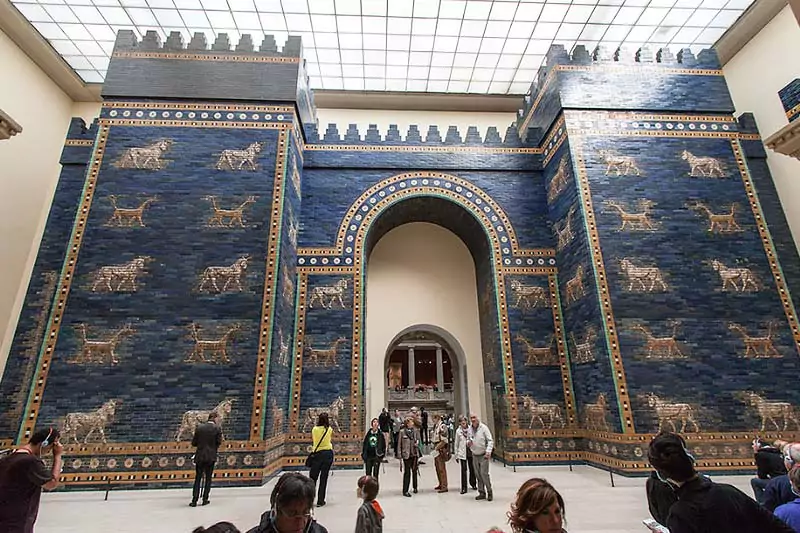
Pergamon Museum Panorama
The panorama is created by a large painting that covers the entire wall of the room. The painting depicts the city as it would have appeared during its height.
Visitors can see the various buildings and temples that made up the city, as well as the people who lived there. The panorama is an important part of the museum because it allows visitors to get a sense of what life was like in ancient times.
Aleppo Room
The Aleppo Room is one of the most remarkable rooms in the Pergamon Museum in Berlin. Originally part of a palace in Syria, it was brought to the museum in the early 20th century. The room is decorated with stone reliefs and mosaics dating back to the 2nd century AD. The name of the room comes from the Syrian city of Aleppo, where it was originally located.
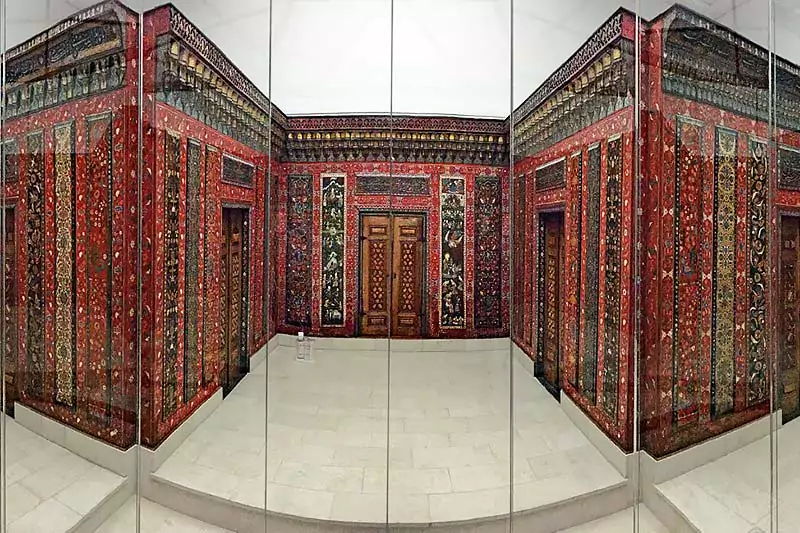
Lion Hunting Scen, Islamic Astrolabe, The Desert Place of Mshatta Facade and many more must-see artifacts. Each of them was brought from various parts of Asia and is on display.
Tips for visiting the Pergamon Museum
If you’re planning a trip to Berlin, be sure to add the Pergamon Museum to your itinerary. Here are a few tips to help you make the most of your visit.
- With the guides given to you in the museum, you can learn which products were brought from where in several languages. The guide devices given to you do this job very well. Be sure to get the audio guides included in your entrance fee. They will provide you with interesting information about the exhibits as you walk around the museum.
- When entering the museum, you can leave your belongings in the storage lockers for a fee. Do not forget to take your camera battery with you.
- Dress comfortably. The museum is air-conditioned, so it can be quite chilly inside. Dress in layers that you can easily take off when needed.
- Allow plenty of time. The Pergamon Museum is huge, and there’s a lot to see. Make sure you give yourself enough time to explore all of the galleries at your own pace.
- Prefer weekday mornings if possible. This way you will avoid the crowds of both visitors and student groups.
How to get to the Pergamon Museum?
Pergamon Museum is easily accessible by public transportation. The U5 line stops at Unter de Linden station near the Museumsinsel. You can then walk 1 km to the museum. Friedrichstraße and Hackescher Mark are also within walking distance. Trams M1 and 12 stop at Kupfergraben station, while buses 100 and 200 stop at Lustgarten in Unter den Linden.
Conclusion
You can check the current opening hours and entrance fee on their official websites. The Pergamon Museum in Berlin is a must-see for anyone interested in ancient history or architecture. With its massive collection of artifacts from the ancient world, the museum offers something for everyone.
